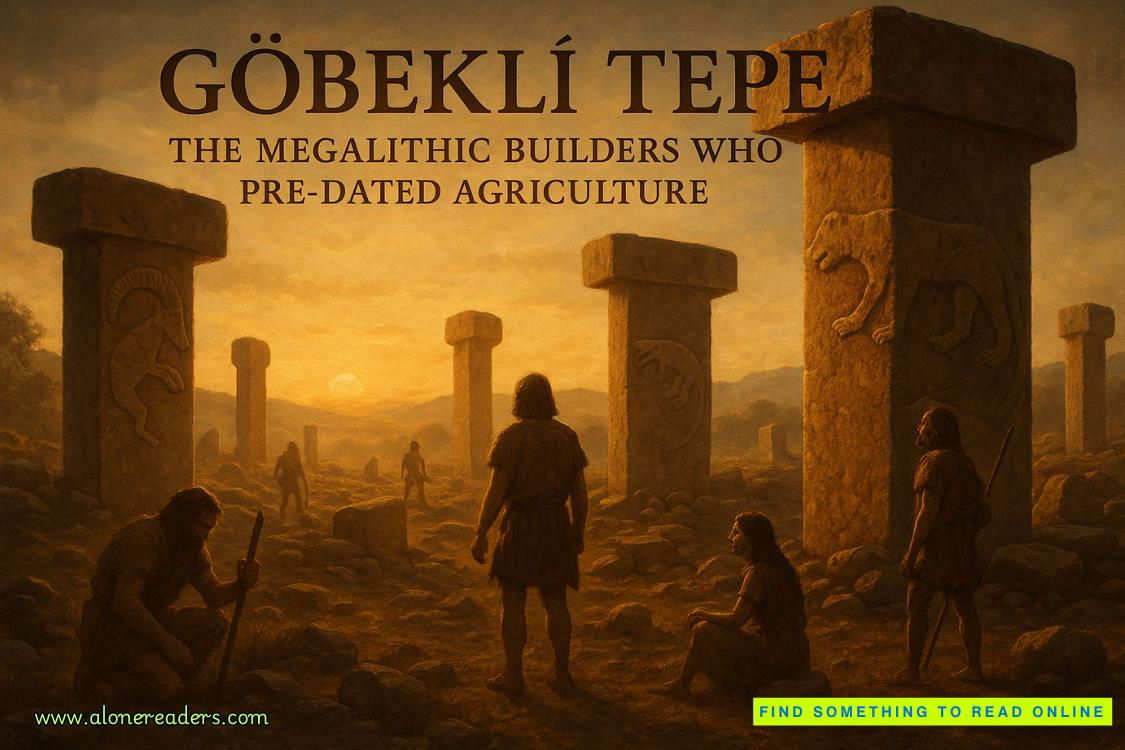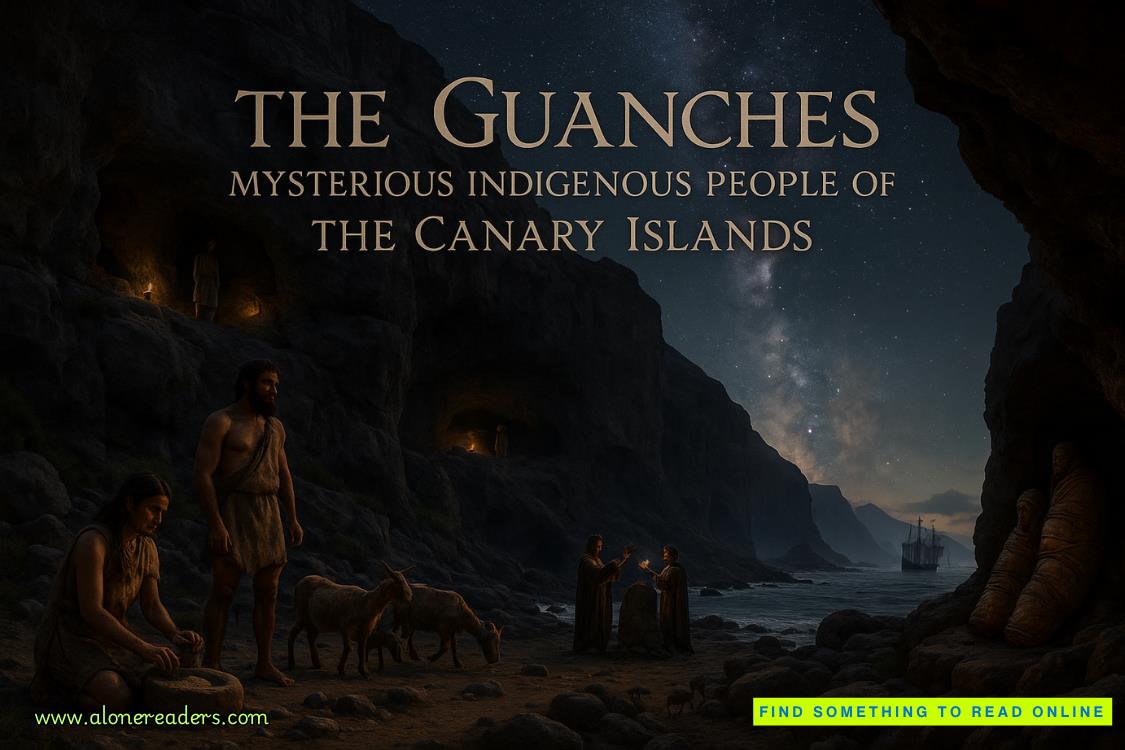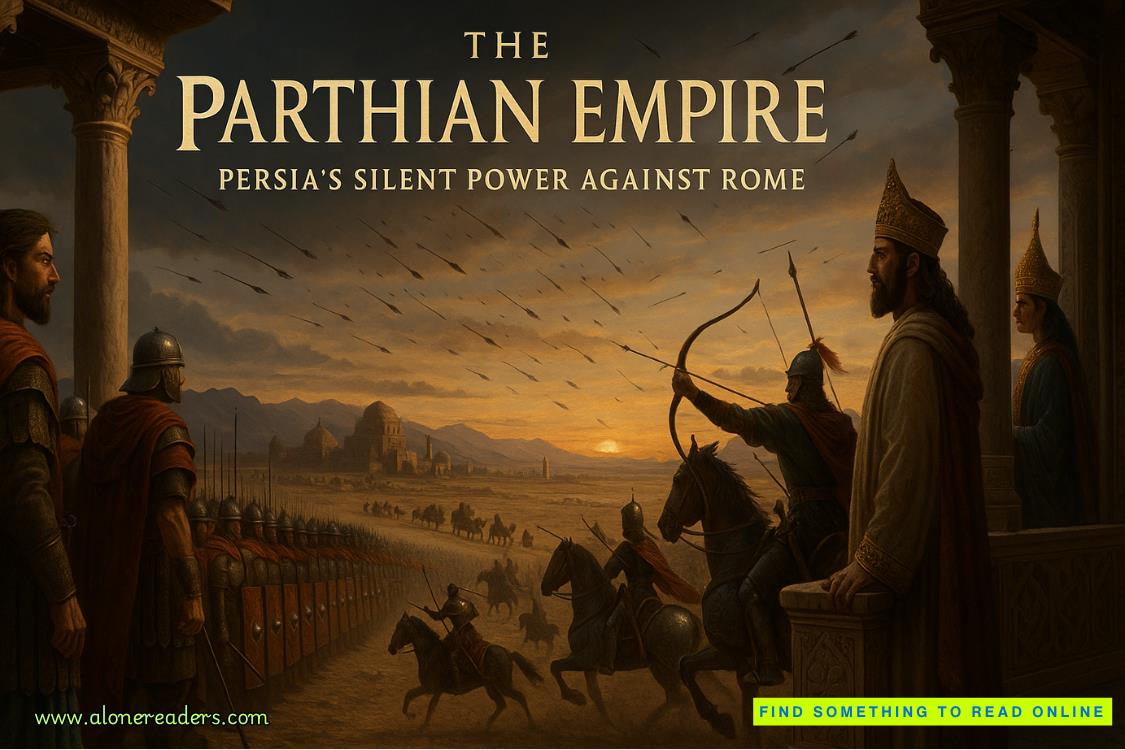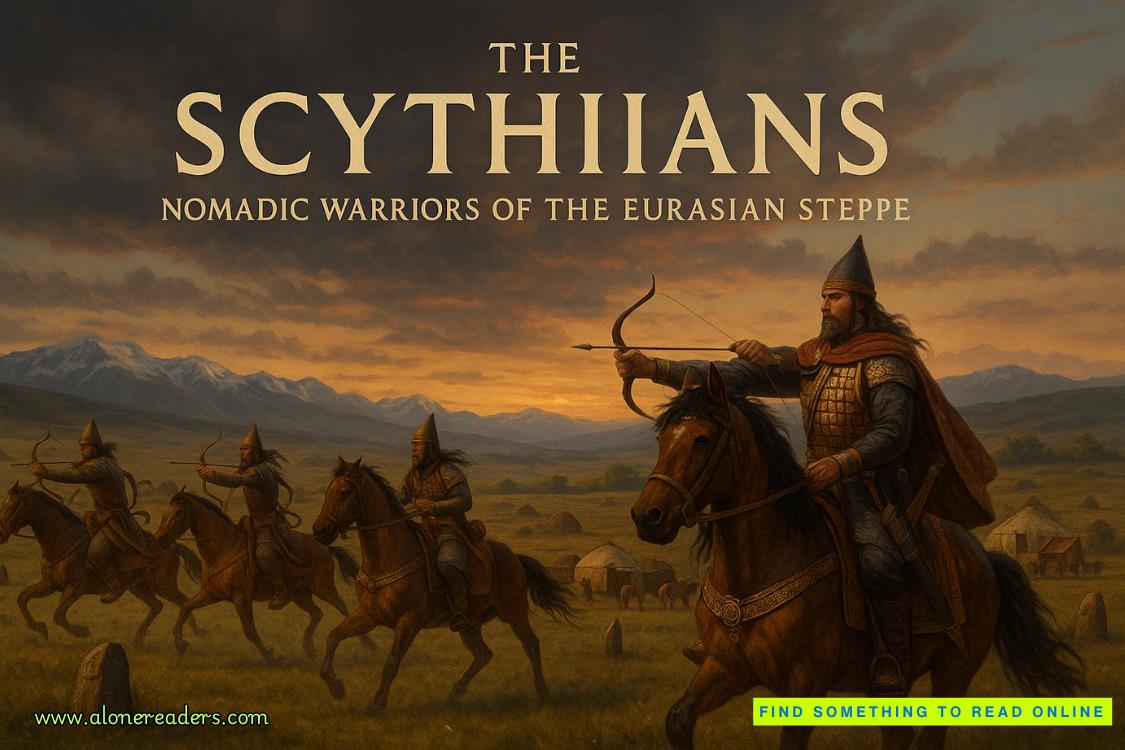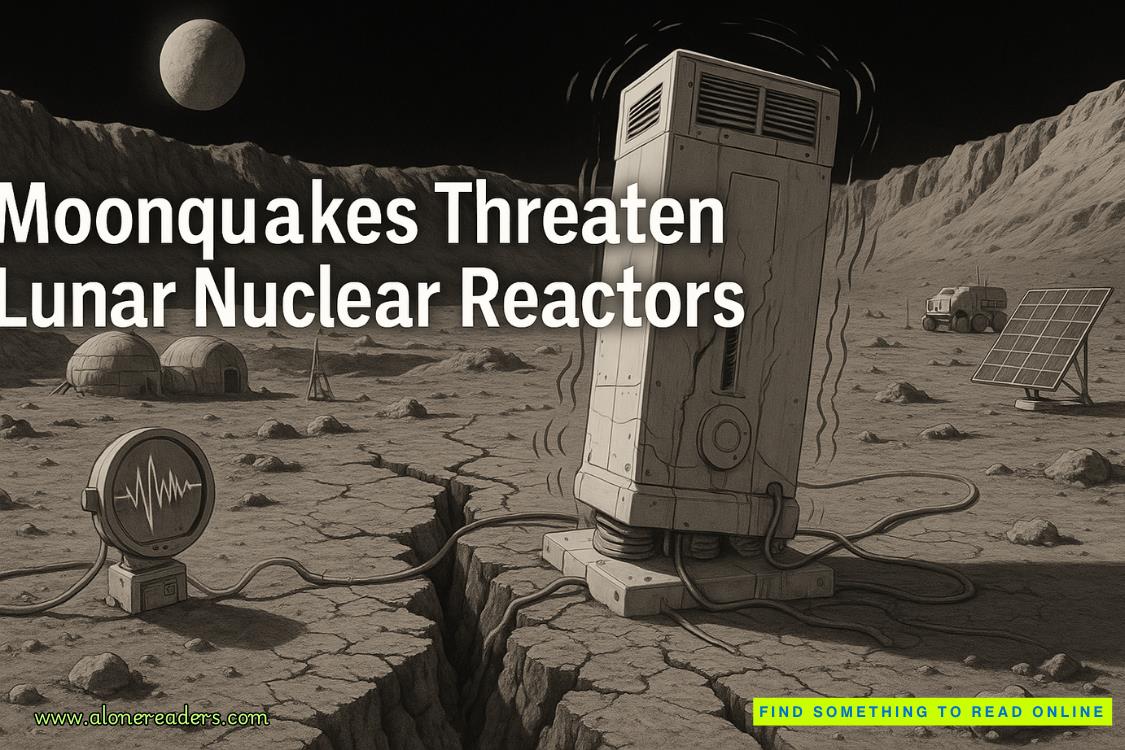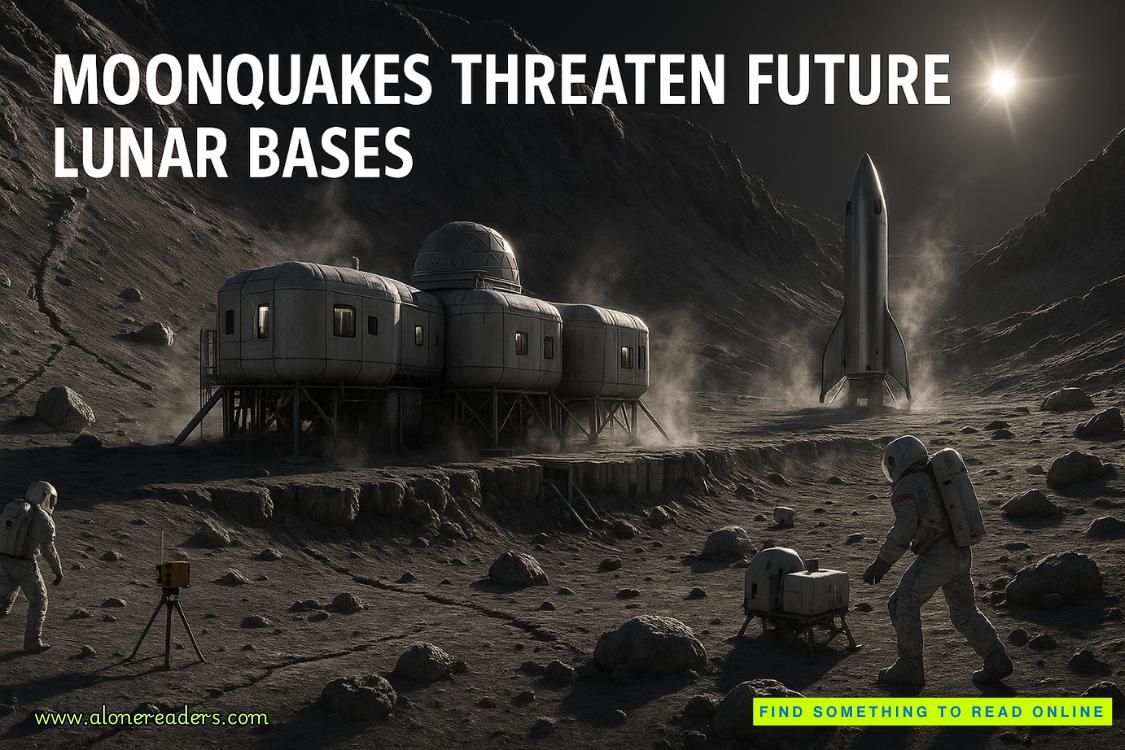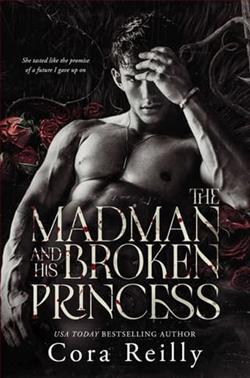Page 9 of The Six-Gun Solution (TimeWars 12)
The one-horse rig Masterson had rented pulled up in front of the cabin in the Tombstone Hills. It looked abandoned. It was a small, primitive adobe structure with a dirt floor, similar to many dwellings in the area. It couldn’t really be called a house. Building lumber had to be hauled in from the Huachucuas and the only local wood was mesquite, of which a quantity had been chopped and piled up outside the cabin. It gave off a pleasant aroma when burned. The Observers had a well dug and there was a makeshift shed about twenty feet away, with a crude corral beside it.
“Well, this is it,” said Masterson, as he reigned in.
Neilson looked at the place. There was something rather sad about it. It would have been cramped quarters for three men, but this was how a lot of people lived in this time, in this
part of the country. They came out from the Eastern cities or from farms and ranches in the Midwest, or from cities on the coast like San Francisco, chasing the dream of making a rich strike. A few of them, like Ed Schieffelin, got lucky. Most didn’t. But still, they kept on coming.
This was how it all started. Neilson thought. One man came out to this barren desert territory, populated only by Apaches, scorpions and lizards, struck silver and, as word got out, the boom began. Tombstone grew up on Goose flats, at first nothing but tents and adobe cabins and a few buildings made of lumber that had to be brought in, then saloons and fancy hotels, the railroad coming in to Benson, stage lines connecting the town to nearby points. Arizona was still a Wild territory, its raucous towns peopled by miners and gamblers and cowboys coming through with their herds, “hurrahing” the town with their six-shooters after months on the trail and blowing all their money on cheap whiskey, dance hall girls and at the faro tables. The Wild West as it really was, a brief, colorful period of American history, one that shaped the nation’s character for years to come.
The men that achieved fame in this period seemed bigger than life. They were men like Wild Bill Hickok, with his brace of Navy Colts tucked butt forward into his belt, and Buffalo Bill Cody, the scout and buffalo hunter who would do more than perhaps any other man to give birth to the legend of the frontier with his traveling Wild West Show. Men like Clay Allison, the rowdy gunfighter and rancher who would contribute the word “shootist” to the language and who once, for lack of anything better to do, hurrahed a town by riding through it stark naked. Men like John Wesley Hardin, one of the fastest guns who ever lived, an outlaw who eventually became a lawyer, and Billy the Kid, whom legend was to paint as a misunderstood, romantic young hero but who was, in fact, a mean spirited psychotic. And here in Tombstone were men such as John Henry “Doc” Holliday, the frail, tubercular dentist from Georgia who, as Bat Masterson would write, was “… a weakling who could not have whipped a 15-year-old boy in a go-as-you please fist fight, and no one knew this better than himself, and the knowledge of this fact was perhaps why he was ready to resort to a weapon of some kind whenever he got himself into difficulty.” And his skill with those weapons made him feared throughout the West.
Then there was Masterson himself, the gambler and lawman, who shot his six-guns from a crossed wrist position and had been credited with killing thirty-seven men, and Wyatt Earp and his brothers, who within a few short months would stride into frontier legend in their famous shoot-out with the Clantons. Yet, for all those larger-than-life, colorful figures, the real men who had built the West were men who lived like this, in small shacks and adobe dwellings, scratching a livelihood out of the dirt and aging quickly in the merciless desert sun.
The blow dust got into their lungs, their faces became lined and wrinkled prematurely, their backs worn from constant toil. They were, frequently, men who walked on both sides of the law, ranchers or miners by day, rustlers and stage robbers by night. Even Wyatt Earp was once accused of horse stealing and, in later years, he would be accused of being a stagecoach robber and a murderer, as well. In the Wild West of legend, the good guys wore white hats and the bad guys wore black. In the real Wild West, things were very seldom seen in black or white.
“Not much to look at, is it?” said Masterson, interrupting his thoughts. “A sight different from the kind of country that you’re used to in Montana Territory.
“Yes, it is,” said Neilson. “I was thinking that it seems like a very lonely place to die.”
They got down out of the rig and brushed the dust from their clothes. Masterson had changed into a pair of faded jeans and boots, a pale brown cotton shirt, a red kerchief and a well-worn, sweat-stained, light brown Stetson hat. He wore two six-shooters on his hips, nickel-plated Colt Single Action Army. 45s with four-and-three-quarter-inch barrels and gutta-percha, or hard rubber, grips. He had them made specially for him by the Colt factory in Hartford, Connecticut, with slightly taller front sight blades, a bit thicker than usual, and hair triggers. In the rig, he also had a Winchester carbine.
“Dying’s always lonely.” he said, “no matter where you do it.”
Neilson nodded. “Only it’s the man who’s left alive who thinks about it, not the dead.”
“You’ve been thinking about those two men you killed yesterday,” said Masterson.
Neilson nodded.
“First time?” asked Masterson. “Not that it’s any of my business.”
“No. it wasn’t the first time.” Scott replied. “I’ve killed before. Not because I wanted to, because I had to. But it doesn’t get any easier. I guess you’d know about that, though.”
Masterson nodded, solemnly. “No, it sure doesn’t. But don’t go thinking I’m some sort of expert on the subject. Oh. I know my reputation, and I haven’t done much to disabuse folks of it, but to tell the truth, it’s mostly hogwash. They say I’ve killed thirty-seven men. That’s nonsense. When I’m asked about it, I never say yes and I never say no. I just always say I don’t count Indians or Mexicans. I’ve been a lawman and I’m now a gambler and in occupations such as those, it can be useful to have people think you’re a killer.”
“Doesn’t that also invite trouble, though?” asked Scott.
“Sometimes,” Masterson replied, “but it prevents trouble more often than not. Those penny-dreadful writers back East have got people believing that if you’ve got a reputation as a gunfighter, reckless young blades from miles around come looking for you, anxious to make a reputation for themselves by taking you on. But that’s nothing like the truth. You’ll find that out. Most people would think real long and real hard before tangling with someone who’s known to have killed thirty-seven men. As a result of my so-called deadly reputation, there’ve been times when I’ve simply been able to stare down trouble. Wyatt, too. I’ve seen some pretty tough hombres hack down at just a look from Wyatt because it’s known he’s deadly with a gun. Of course, that doesn’t always work, as you saw yesterday. The truth is, not counting any Indians I might’ve shot at the Battle of Adobe Walls, I’ve only killed one man. That’s why I’ve got this here limp.”
“What happened?” Scott asked.
“His name was Corporal Melvin King, a soldier who liked the wild life and fancied himself a good man with a six-gun. He used to like riding with the cowboys and hurrahing towns and such. It happened in Sweetwater. We both liked the same girl, only she had a preference for me. I was spending some time alone with her in a saloon one night and King heard we were together. He’d had a few drinks and he was fixed for trouble. He busted in on us and jerked his pistol. Molly tried to get between us just as his pistol went off. The bullet went right through her and smashed into my hip. I managed to get my pistol out and shoot King as I fell, but it was no help to Molly. They both died. And me, after I healed up, I had to walk around with a cane for quite a spell. That’s where the story started that I got the name Bat from batting people over the head with it.” He chuckled. “Amazing how these things get around.”
“Where did you get the name Bat?” asked Neilson.
“It’s short for Bartholomew, which is my real name. I never cared for it, so I use William Barclay. I like the sound of it better. But most folks know me as Bat Masterson, just like they’ll probably know you as the Montana Kid from now on. I guess you have me to blame for that.”
Neilson grinned. “I don’t mind. I kind of like it.”
“You may not always feel that way,” said Masterson. “Having a reputation as a gunfighter is a sword that cuts both ways. It gets you plenty of respect, but not the kind you’d like. The way Wyatt reacted was the way any lawman would react on hearing of a gunfighter come to town. You represent a threat. Potential trouble. And it didn’t help any to have Frank say you were faster than Wyatt. That sort of thing puts a man on his guard right away.”
They entered the adobe house and Neilson started looking around. He didn’t expect to find much. Observers were always careful to leave no
sign that would indicate they were anything but what their covers made them appear to be. Even if someone hadn’t already torn the place apart, he would have found nothing from the future here. But that wasn’t what he was looking for.
“Well, it’s like I told the marshal,” he said, “I don’t want any trouble.”
“You stay around here, you’ll find it sure enough,” Masterson replied. “By now, the Clantons will have heard about how you gunned down those two. Now, Wyatt. Virgil and Morg know them a sight better than I do, but from what I’ve heard about that bunch, you’d do best to steer clear of them. Ike Clanton I’ve met. He’s not so much. A blowhard, mostly. His brother Billy seems a lot more likable, offhand, but I hear he’s quite good with a six-gun and he’ll back up his brother. Then there’s the McLaurys, Frank and Tom. Both gunmen. And Frank’s said to be dangerous. Billy Claiborne runs with them, but I wouldn’t put him in the same class as Frank and Torn. And then there’s Curly Bill and Johnny Ringo.”
